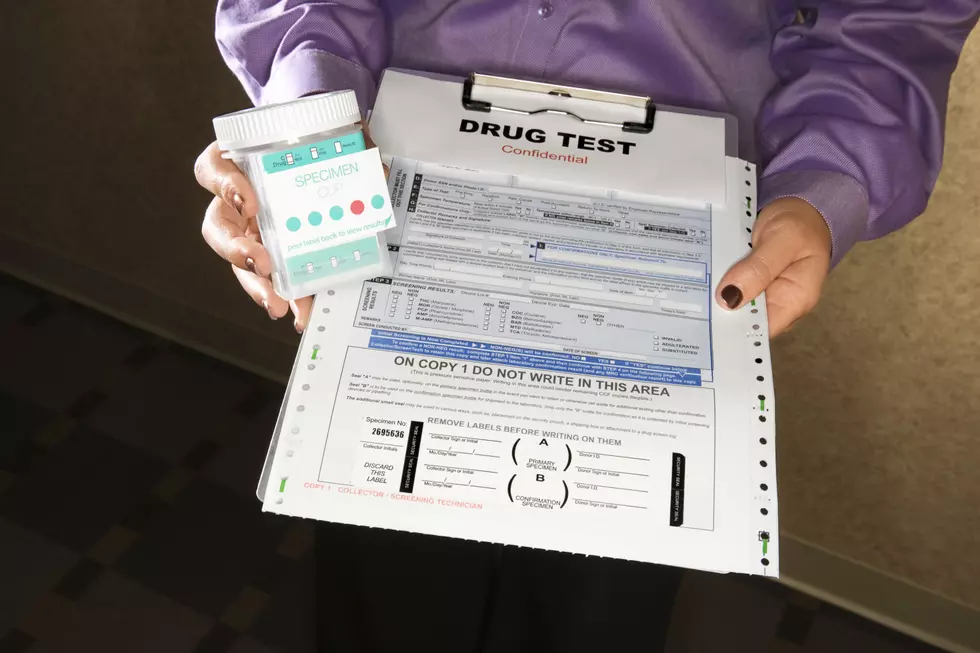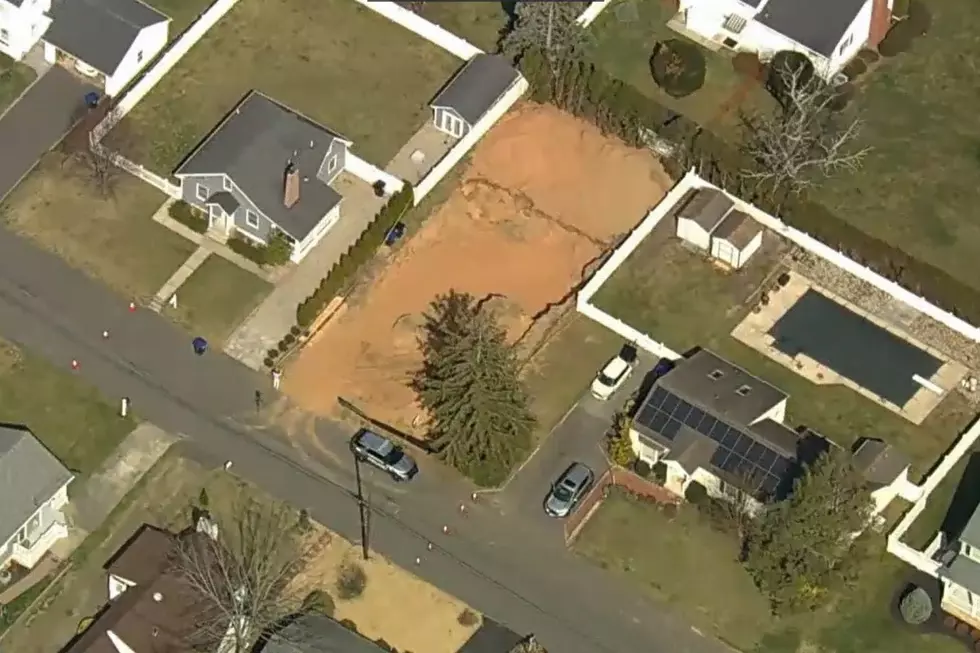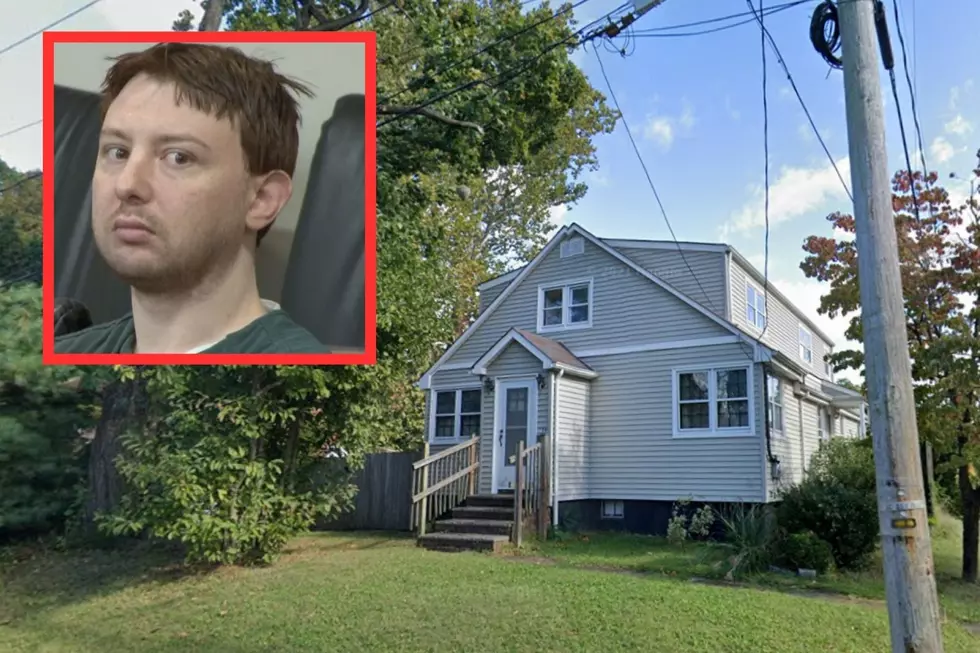![Does Drug Testing Middle Schoolers Work? [POLL/AUDIO]](http://townsquare.media/site/385/files/2013/03/pot5.jpg?w=980&q=75)
Does Drug Testing Middle Schoolers Work? [POLL/AUDIO]
Random drug testing of middle school students is an effective tool in preventing substance abuse in the future according to a seven-year study by The Partnership for a Drug-Free New Jersey (PDFNJ) and Fairleigh Dickinson University's PublicMind.
For several years, some New Jersey middle schools have asked parents for permission to carry out random drug testing in the school. The study measuring the effectiveness of these programs indicates these tests tend to reduce rates of drug abuse in later years.
The PDFNJ/PublicMind study measured student attitudes toward drugs and alcohol as well as their use of drugs, and their social contact with drugs and alcohol. It was carried out over a six-year period in schools both with and without the random drug testing programs.
"Almost every school now does drug testing for students engaged in sports, or other extra-curricular activities," said Dan Cassino, a professor of political science at Fairleigh Dickinson, and principal investigator for the study. "Programs that allow testing of any student are pretty new, though, and no one was really sure if they worked or not as a substance abuse prevention strategy."
No students in middle schools studied test positive for drug or alcohol use, but the findings suggest that the mere act of drug testing makes them less likely to use drugs in the future.
"Generally, we see a huge spike in drug and alcohol use around the junior year of high school. That's when students get jobs, get cars, get money, and start having contact with older individuals who are more likely to use drugs," said Cassino. "Students who were tested for drugs at any point in middle school, though, don't show nearly as big a spike, and that reduction is a big deal."
Researchers not affiliated with the program being studied admit they weren't expecting these results. Research on the effect of random drug testing in high schools, or among athletes, has been mixed, and indicated that the most likely effects would come from students being less likely to use drugs because of fear that they'd be tested in the future, or from increased knowledge about how many of their peers were using drugs.
"These results show that student drug testing changes the environment of the school community and show they serve as an effective prevention strategy for the abuse of drugs and alcohol in their future," explained Angelo M. Valente, Executive Director of the Partnership for a Drug-Free New Jersey. "This study proves random drug testing in New Jersey middle schools helps prevent substance abuse."
How Many Kids Are Using Drugs?
Only about 1 percent of 8th graders give answers that indicate that they have ever used illicit drugs, and only about 14 percent indicate that they have ever drank alcohol (other than in circumstances where it's allowed, such as religious ceremonies). Among students who were tested for drugs and alcohol at some point, though, that figure of 14 percent drops by more than half to 6 percent.
"People expect students to say, 'I'm not going to do drugs now because I might be tested tomorrow,' but that's just not how kids and teenagers think," said Cassino. "What seems to be happening is that students who've been tested start to realize what a big deal it is, and stay away from drugs in the future."
Poll Surveys More Than 3,500 Students
The Fairleigh Dickinson University study, funded by the Partnership for a Drug-Free New Jersey, surveyed more than 3,500 students at New Jersey middle and high schools over a seven year period. The names of the schools participating in the surveys are not disclosed by the researchers in order to protect student confidentiality.
More From New Jersey 101.5 FM



![Do You Approve Drug Testing High Schoolers –Mainland High School Drug Tests Said to be ‘Working!’ [POLL]](http://townsquare.media/site/385/files/2014/03/DrugTests-300x200.jpg?w=980&q=75)





